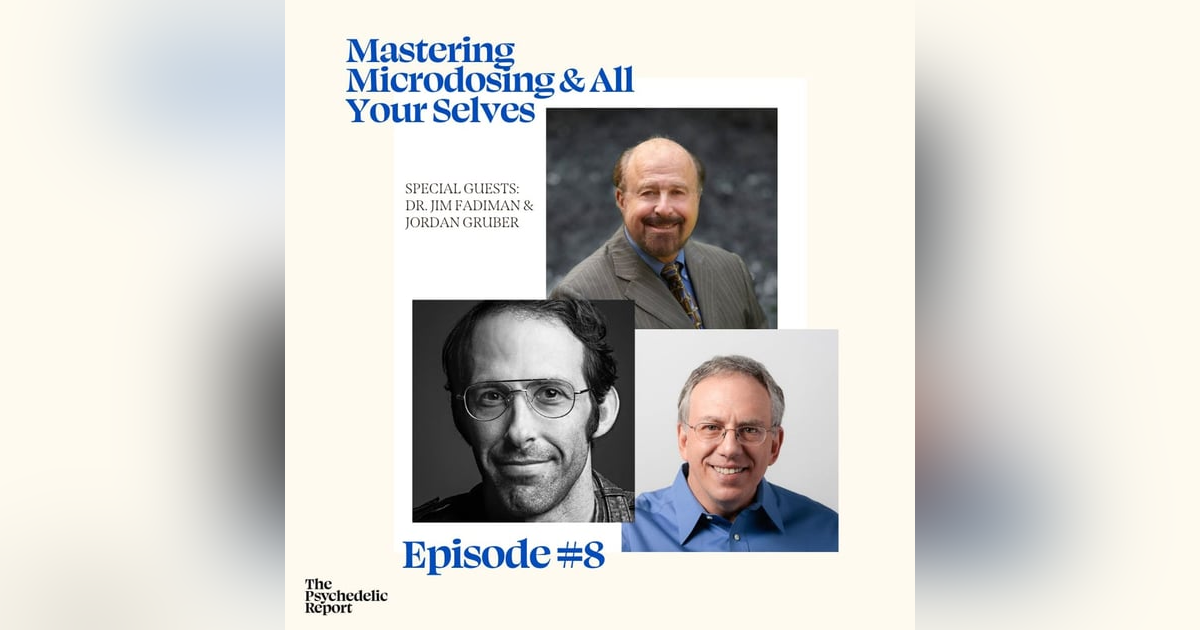March 27, 2023
Mastering Microdosing & Yourselves with Dr. Jim Fadiman & Jordan Gruber

Have you ever wondered about microdosing psychedelic medicines? What is microdosing and why is it all the rage right now? How do psychedelics used in therapy help us access our full potential by accepting all of our selves? On this episode of The...
Have you ever wondered about microdosing psychedelic medicines? What is microdosing and why is it all the rage right now? How do psychedelics used in therapy help us access our full potential by accepting all of our selves? On this episode of The Psychedelic Report, we’ll discuss all this and more with Dr. James Fadiman and Jordan Gruber, two leading experts on psychedelic psychotherapy and microdosing.

